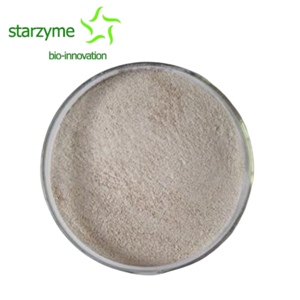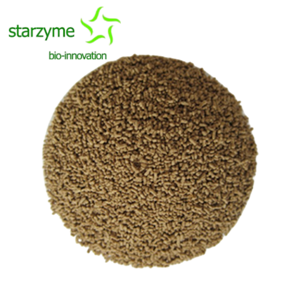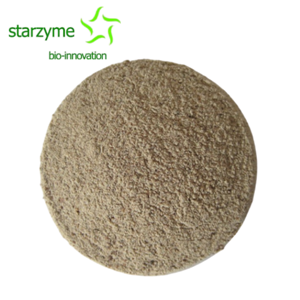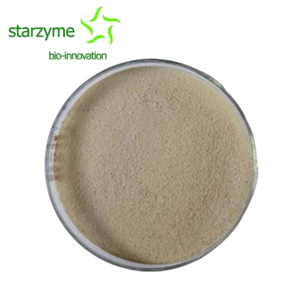What is Lactobacillus plantarum?
The difference between Lactobacillus plantarum and other lactic acid probiotics is that it has a relatively high number of viable bacteria, can produce a large amount of acid, stabilize the pH value of water without increasing, and the acidic substances it produces can degrade heavy metals; Due to its anaerobic nature (facultative aerobic), Lactobacillus plantarum is capable of producing unique lactobacilli during reproduction, which are a type of biological preservative. In the later stage of aquaculture, due to the increase of animal feces and residual feed, they will sink to the bottom of the pond, rot, and breed many bacteria, producing a large amount of ammonia nitrogen and nitrite, leading to serious bottom stealing. If plant lactobacillus is used for a long time, Lactobacillus plantarum can effectively inhibit the decay of bottom feces and residual feed, reduce the increase of ammonia nitrogen and nitrite, greatly reduce the amount of chemical degradation factors, and lower the cost of aquaculture.
Characteristics of Bacterial Strains
Round ended straight rod-shaped bacteria, usually 0.9-1.2vtm × 3.0-8.0 μ m, single, paired or short chain. Lactobacillus plantarum has an optimal pH of 5.0-6.0. Usually, it is lacking flagella, but still able to move. Gram positive, non-spore forming. Facultative anaerobic, with a surface colony diameter of about 3mm, raised and circular, smooth and fine surface, white color, occasionally light yellow or dark yellow. Belonging to heterotrophic bacteria, growth requires nutrient rich culture media, including calcium pantothenate and niacin, but does not require thiamine, pyridoxal or pyridoxamine, folate, or vitamin B12. Lactobacillus plantarum can ferment pentose or gluconate, and over 85% of the final product is lactic acid. Usually does not reduce nitrate, does not liquefy gelatin, and is negative for contact enzymes and oxidases. It can produce DL lactic acid and has the activity of 1,6-diphosphate fructose aldolase and monophosphate hexose pathway. Lactobacillus plantarum can grow in gluconate and produce CO2. Fermentation of 1 molecule of ribose or other pentose to produce 1 molecule of lactic acid and 1 molecule of acetic acid. Furthermore, Lactobacillus plantarum can grow at 15 degrees Celsius, and the most suitable temperature for growth is usually 30-35 degrees Celsius.
Usage and Dosage For Aquaculture Application
1. Dilute the pond water appropriately and sprinkle evenly throughout the pond.
2. Use 500-1000 milliliters of this product per acre (water depth of 1 meter), and use it every 10-15 days.
Precautions
1. The dosage can be adjusted according to the water quality situation.
2. Do not use disinfectants or insecticides for 2-3 days before and after placing this product.
Main Roles of Lactobacillus plantarum in Aqua-Feed
1. Purification of water quality: Especially in the later stages of aquaculture, there is an excessive amount of organic matter in ponds with aging water quality such as black water, old water, concentrated tea water, and rust water.
2. Decompose organic matter at the bottom of the pond, deodorize, eliminate algal toxins, and create a good habitat environment.
3. Degradation of harmful substances such as ammonia nitrogen and nitrite in water bodies, reduction of organic oxygen consumption, indirect oxygenation, and improvement of water quality.
4. Maintain a balance between algal and bacterial phases, and lower the pH value of stable water bodies.





